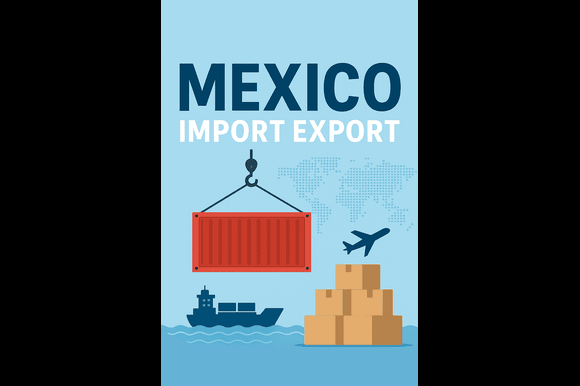
By Quirinale.it, Attribution
Rome, Italy – The Italian government has announced it will issue 165,000 work visas as part of a sweeping reform of its immigration policy, aimed at addressing labor shortages and regulating migrant entry more effectively.
The announcement, made by the Ministry of the Interior on Friday, marks one of the largest work visa allocations in recent Italian history and reflects a strategic shift in the country’s approach to labor migration. The move comes in response to both demographic pressures and demand from key sectors, including agriculture, construction, transport, and domestic care.
The 165,000 visas will be distributed over a multi-year period, with a significant portion allocated for the year 2025. The new policy includes provisions to streamline the application process, expand eligibility to non-European Union nationals, and prioritize countries with bilateral cooperation agreements on migration.
According to Interior Minister Matteo Piantedosi, the reform seeks to “better match Italy’s economic needs with legal migration pathways, ensuring a more secure and controlled system.” He emphasized that the changes are intended to combat irregular migration by providing legal alternatives for workers seeking employment in Italy.
Under the new framework, employers in Italy will be able to request foreign workers through a simplified procedure, with a faster processing timeline. Key updates include digitalizing the application process, increasing quotas for seasonal and non-seasonal workers, and introducing new integration measures for migrants once they arrive in the country.
The reform also reflects broader demographic concerns. Italy has one of the oldest populations in Europe and has seen a declining birth rate for years. Business associations and labor unions have increasingly warned of critical shortages in sectors reliant on manual labor, with many companies struggling to fill vacancies.
Of the 165,000 work visas, around 89,000 are expected to be issued in 2025 alone. The majority will go to seasonal agricultural workers, but a substantial number will be granted for long-term roles in logistics, caregiving, and hospitality. The remaining visas are expected to be distributed in 2026 and 2027.
In tandem with the visa announcement, the Italian government said it will reinforce labor inspection systems to prevent exploitation and improve migrant working conditions. Measures will also be introduced to facilitate language training and social integration programs.
While the reform has been welcomed by business leaders and some migrant rights groups, it has drawn criticism from far-right political figures who argue that it could encourage more migration to Italy. However, government officials have defended the plan as a “pragmatic and necessary response” to Italy’s economic and demographic realities.
Italy’s latest move aligns it with a broader European trend, as countries like Germany and Spain also revise their migration policies to attract skilled and low-skilled labor from outside the EU.
More details about the visa categories, application deadlines, and eligible countries are expected to be published by the Ministry of the Interior in the coming weeks.




